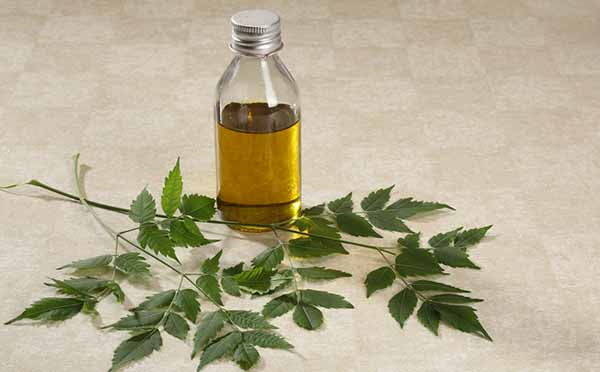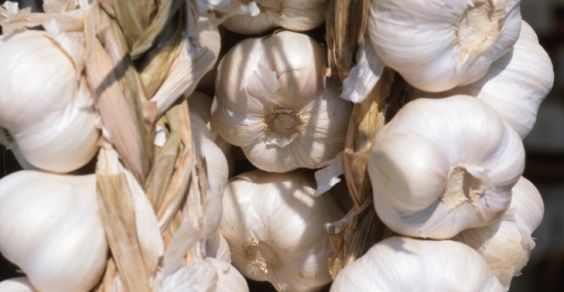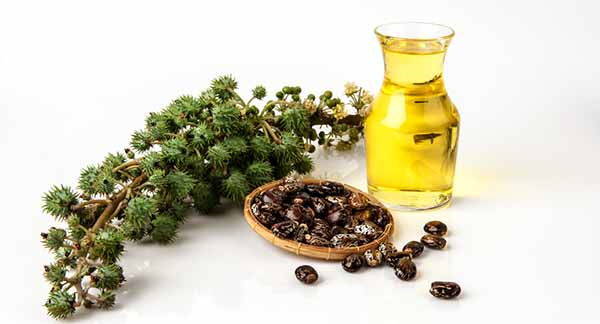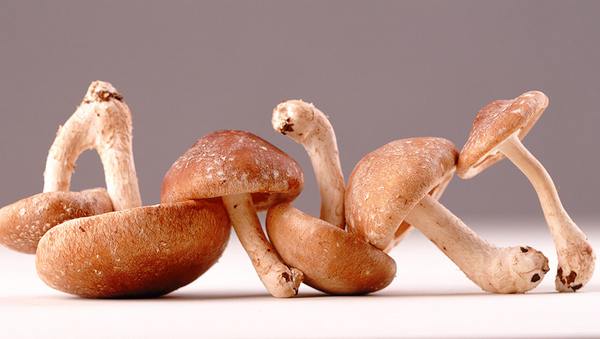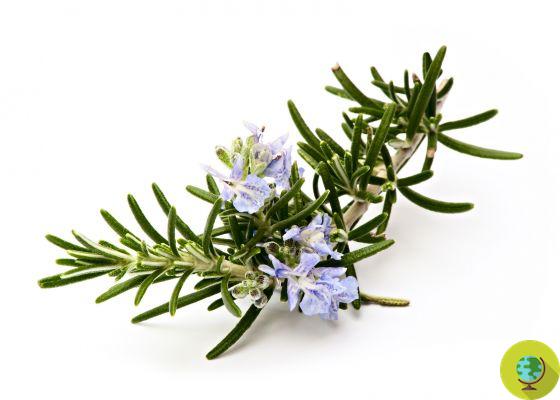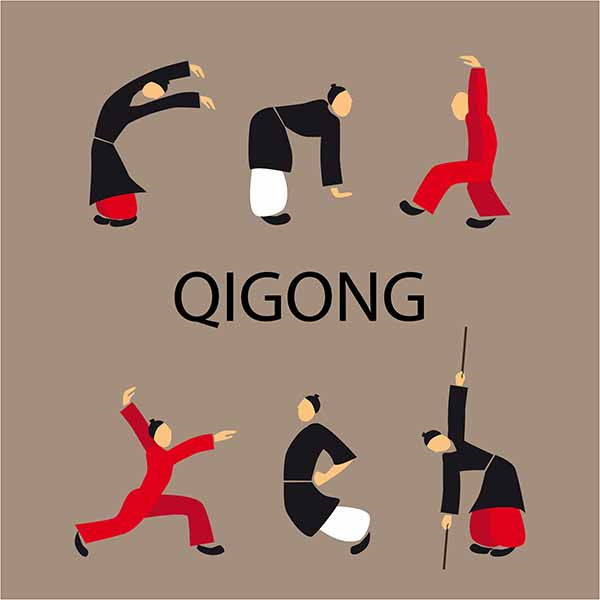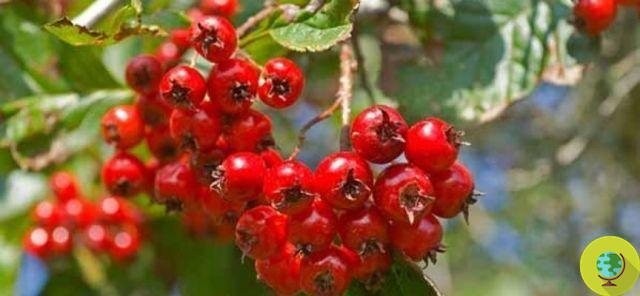
Crataegus Oxyacantha the Greeks called it as a synonym for strength and endurance. These are in fact the main characteristics of the plant commonly called hawthorn: the Crataegus genus of the Rosaceae family includes numerous species that can live up to 150 years with hardwood shrubs up to 6 meters high. The wood is very hard, the foliage is thick, the flowers are white and the fruits are red.
Don't store avocado like this: it's dangerous
Crataegus Oxyacantha the Greeks called it as a synonym for strength and endurance. These are in fact the main characteristics of the commonly called plant hawthorn: the genre Crataegus of the Rosaceae family includes numerous species that can live up to well 150 years with hardwood shrubs up to 6 meters high. The wood is very hard, the foliage is thick, the flowers are white and the fruits are red.
In ancient times it was the plant par excellence to protect and delimit family properties or soils thanks to its long prickly thorns. It seems to be a plant veiled in mystery and legend, born from a stick planted in the ground by Joseph of Arimatea, a saint of the New Testament. Hence his association with the Divine especially with the Goddess of Spring and Fertility.
Il 13st May, according to the Celtic tree calendar, it was celebrated on Hawthorn Day, magical remedy against all negativity. The history of the plant is also linked to negative beliefs and superstitions: in France it is believed that the thorns on Christ's crown were those of the hawthorn.
Mainly fueling its strong symbolism was the characteristic bitter smell of its flowers that chemists confirm to derive from trimethylamine, the same component produced by the decomposition of plants and animals. The insects that eat it are the same ones that visit the beautiful hawthorn flowers to pollinate them.
The Latins called it by the same name with which they indicated the heart: Crategone that is, the crater of the human body from which the circulating blood comes out and gives life and energy to the whole organism.
Her cardioprotective action it is confirmed by many clinical studies: it strengthens the heart by regulating its rhythm and has an action dilator on the coronary vessels. It also balances blood pressure, is able to raise it when it is low and lower it when it is too high. Hence its effective action in treatment of states of anxiety, nervousness and tachycardia emotional but also against apathy and fatigue. It's great ally against insomnia and palpitations thanks to the sedative action of the tannins and flavonoids contained in the flowers and fruits of the hawthorn. These compounds act on the central nervous system by improving the quality of sleep and reducing the state of tension.
Other properties are hers anti-radical action against theaging and atherosclerosis. Hawthorn traps free radicals as well reduces the accumulation of cholesterol in the part of the blood vessels. Has diuretic effects against water retention, antidiarrheal and in case of muscle cramps.
It can be taken in the form of dry extract (from 2 to 4 capsules according to the pharmacist's advice), in brew (1 or 2 cups a day especially before bedtime) or in tincture (20-40 drops several times a day). It can also be used as external use, with decoction of fruits and bark or infusions of flowers, by gargling and rinsing. It is useful for its anti-inflammatory properties on the mucous membranes of the mouth and on the gums.
Its side effects are rare : however, it should be used with caution in subjects suffering from bradycardia and peptic ulcer. Neither pregnant nor breastfeeding. It can interfere with i beta blockers and amplifies the effect of digitalis (Digitalis purpurea, a biennial herbaceous plant) on the heart. But to find out more, it is always good to consult the opinion of an expert doctor or a naturopath, whether the same emotion that Marcel Proust described in admiring the triumph of a flowering hawthorn hedge is renewed in us: "Here and there their corollas opened with a carefree grace, negligently retaining, in a last, vaporous halo, the bunch of stamens, which veiled them with a mist […] ”(From Swann's side - In search of lost time).
Michela Silvestri





